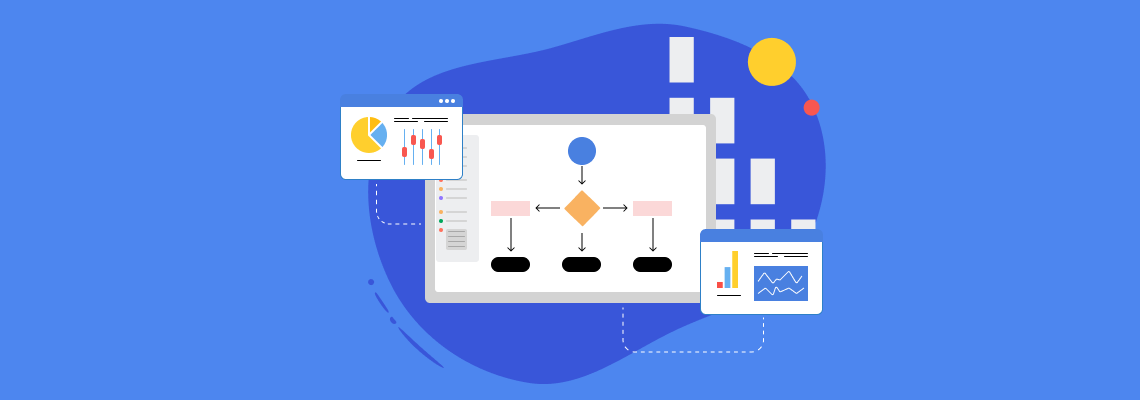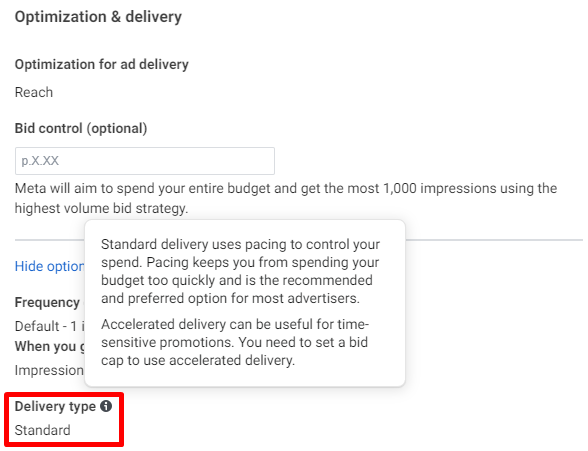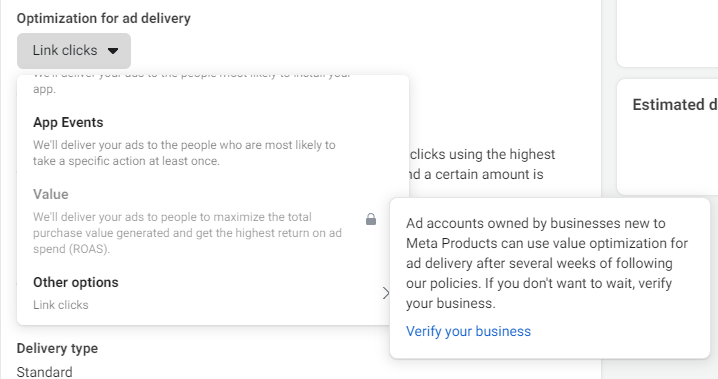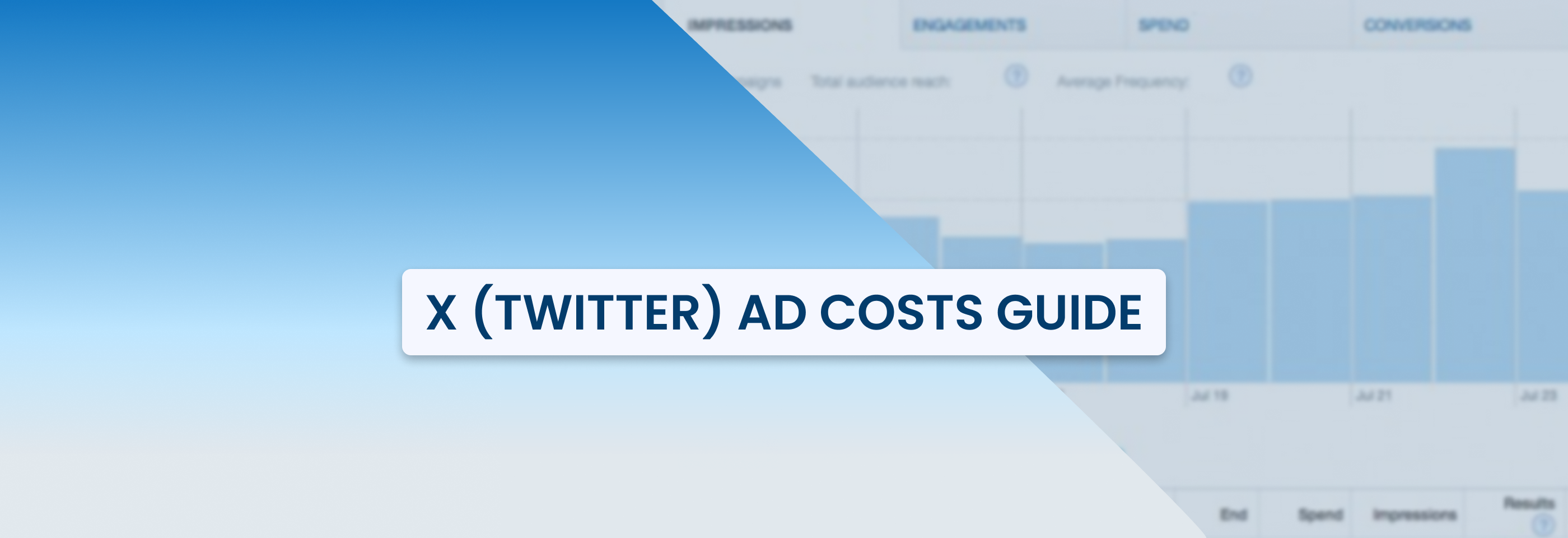Guide to Facebook Ad Bidding Optimization
2023-03-20

When it comes to advertising on Facebook, bidding plays one of the most important roles in your ad campaign performance. Without a proper bidding strategy, you risk wasting your budget for nothing or the opposite, ads may not get delivered at all.
That is why we think it’s important to discuss how Facebook bidding works, what strategies there are, and when to use one or another.
What does bidding mean?
Every marketer who launches ads on Facebook joins the ad auction. The thing is any user who you want to show your ad is at the same time targeted by dozens, if not hundreds, of other advertisers. Facebook algorithms need to make a choice of whose ad to show to this user at a specific moment of time.
Unlike standard auctions, where the winner is the person with the highest bid, ad auctions are a bit more complicated. For Facebook, it is important for the ad to be profitable for advertisers, users, and Facebook itself, so apart from the bid, other factors matter, too. The combination of various factors determines whether the ad will be shown at all.
So, how does bid work on Facebook?
How does bidding work on Facebook?
Simply put, whether your ad will be delivered depends on 3 factors: the bid, obviously, relevance score, and estimated action rates.
Bid is the maximum amount of money that you will potentially spend to win in a Facebook ad auction. It doesn’t mean that the rate you’ve set will be the final price of your ad. If you win the bid, you’ll pay the lowest possible amount.
Relevance score is all the positive experience users have with your ads. It includes clicks on the ad, feedback, comments, and so on. In case your ads are often hidden or, worse, reported, it will negatively influence your relevance score.
Estimated action rates are Facebook’s calculations of how your ad will perform and whether it will make users take necessary action according to the objective you’ve set.
Altogether, these 3 factors influence ad delivery, i.e. whether your ad will be shown at all.
Ad delivery types
When setting up an ad campaign, at the Ad Set level, you have an option to choose between two ad delivery types: standard and accelerated. What’s the difference between them?

Standard delivery aims to spend your budget equally during the whole ad campaign. This way, you will be able to get more opportunities at efficient costs.
Accelerated delivery will spend all your budget as quickly as possible. It is a good option for those marketers who want to reach users as fast as they can.
For those advertisers who launch time-sensitive campaigns, e.g. special offers for specific holidays, it would be a better idea to use the accelerated delivery. Keep in mind that the budget might get spent before the scheduled end date of a campaign which will make the ad stop delivering.
On the other hand, if you’re willing to run a consistent campaign for some time, you should use the standard delivery so that the ad is displayed evenly day by day.
Ad delivery optimization
Depending on the objective you’ve set, optimization for ad delivery will differ in available options. The choice you make determines who is going to see your ads to get you the outcome you want. Let’s look at all the options you have and what objectives give access to them:
- Impressions. This optimization will make Facebook show your ad as many times as possible.
Available for: Reach, Traffic, Engagement, Conversions, Catalog sales, and Store traffic - Ad Recall Lift. The ads will be displayed to people who are more likely to pay attention and remember your ad.
Available for: Brand awareness - Reach. The ads will be delivered to as many users as possible.
Available for: Reach - Landing page views. The ads will reach people who are likely to click on them and load the website or Instant Experience.
Available for: Traffic. Requires an active Facebook Pixel. - Link clicks. It will make Facebook show your ads to users who are most likely to click on them.
Available for: Traffic, App Installs, Messages, Conversions, and Catalog sales - Daily unique reach. Facebook will deliver your ads to as many people as possible but only once a day.
Available for: Traffic, Engagement, Conversions, and Store traffic - Post engagement. The ads will be displayed to those who are prone to like, share, and comment on your post at the lowest cost.
Available for: Engagement - App Installs. The ads will be shown to people who are likely to install your app.
Available for: App installs - App Events. This optimization will make Facebook display the ads to users who are likely to take specific actions valuable to your app, e.g. app launches, in-app purchases, and so on.
Available for: App installs - Value. The ads will be delivered to people to maximize the total purchase value generated and get the highest ROAS.
Available for: App installs and Catalog sales. Note that it is an advanced option that is not accessible for new Ad accounts.

- ThruPlay. Facebook will aim to get the most completed video plays (if the video is 15 seconds or shorter) or deliver it to people who’ll watch at least 15 seconds of longer videos.
Available for: Video views - 2-second continuous video views. The ads will be shown to get the most video views of 2 continuous seconds or more.
Available for: Video views - Leads. The ads will be delivered to help you get the most leads possible.
Available for: Lead generation and Messages - Conversion leads. This optimization will make Facebook show your ads to get you leads that are likely to convert.
Available for: Lead generation - Conversations. The ads will be displayed to people who are prone to have a conversation with you through messaging.
Available for: Messages and Conversions - Conversions. The ads will be delivered to the right people to get you the most website conversions.
Available for: Conversions - Conversion Events. It’s a suggested option for the Catalog sales objective. The ads will be shown to people who are more likely to take action when they see a product from your catalog.
Available for: Catalog sales - Store visit. This optimization will make Facebook display the ads to people who are likely to visit your business locations.
Available for: Store traffic
As you can see, the objective you set determines the ad delivery options you will have access to. The decision you make influences who exactly will see your ads so choose wisely and according to your current marketing goals.
What are the different bidding options on Facebook ads?
As we’ve already mentioned, all ads participate in an auction to be shown. You are able to control how much you’ll bid with the help of Facebook bidding strategies.
Facebook bidding system offers 3 strategies. They vary in what they focus on. Let’s go through all of them:
Spend-based bidding spends your full budget to get the most value and results. It is divided into 2 types:
- Highest volume (formerly known as Lowest cost) is the default option available for all objectives. It will spend all your budget to get your ad in the most placements possible at the lowest cost possible.
This is the best option for those willing to spend their whole budget and get maximum results no matter what CPA is.
- Highest value strategy will make Facebook spend your full budget to reach the highest value customers.
This option fits advertisers who want to maximize the value of conversions, not just increase their number.
Goal-based bidding is used to set a specific cost or value you want to achieve. It includes 2 strategies:
- Cost per result goal (formerly known as Cost cap) will make Facebook maintain the cost you’ve set around an average amount regardless of marketing conditions.
If you want to keep your CPA around average, this strategy is your choice. - ROAS goal (formerly known as Minimum ROAS) is used to make Facebook keep ROAS around an average amount during the whole campaign.
This option is great for those who want to meet a specific ROAS rate and need control over the purchase value.
Manual bidding allows you to control your bid in auctions. It consists of 1 strategy:
- Bid cap is an advanced strategy. With it, you set the maximum amount you’d like to pay.
It fits those who know how to calculate their bid and want to be in full control of the Facebook bidding optimization.
What is the best bidding strategy for Facebook ads? Well, for beginners, we recommend starting with the Highest volume strategy. Still, the choice depends on your overall marketing goals, so make sure the Facebook bid strategy you choose corresponds to what exactly you want to achieve.
Conclusion
Facebook bidding system is quite diverse. Before launching an ad campaign, you need to clearly understand how bidding works, what strategies there are, and what delivery types you can use. We believe that our article has shed some light on these issues and you now know how to optimize your ad delivery and bidding.

